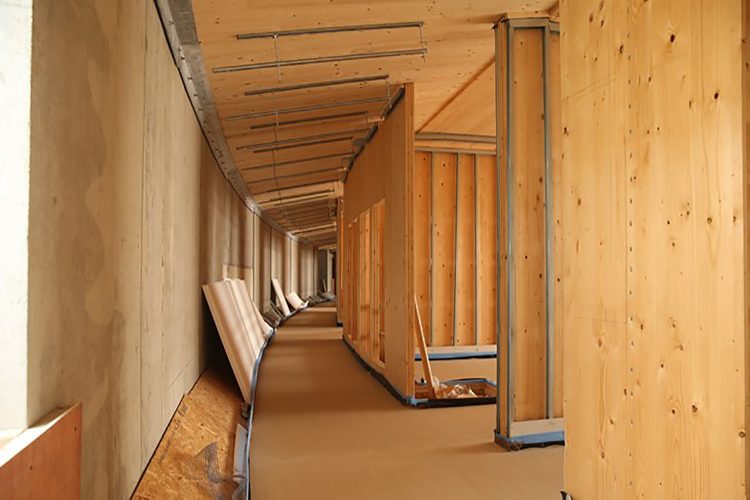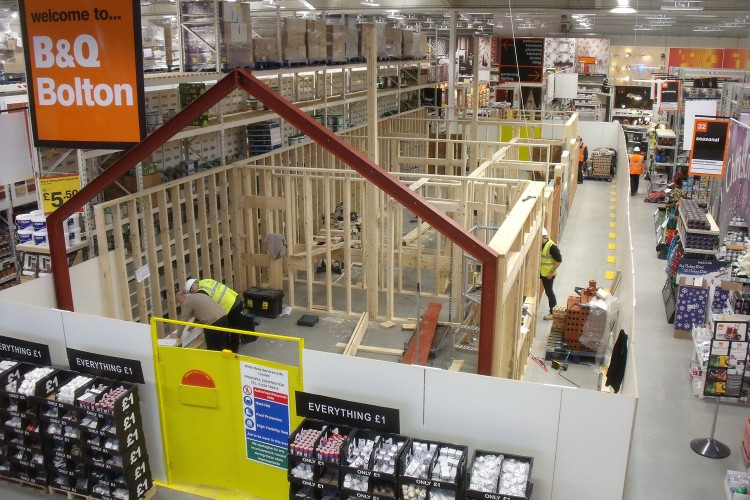As engineers, we have spent the past few months acclimatising to the challenges social distancing measures have presented us with, and have carefully considered the kind of service our clients may require during this period. As part of this process, we have closely observed the rising demand for prefabricated, temporary works schemes. The demand is linked to the immediate need for temporary healthcare facilities, such as the NHS Nightingale Hospitals, and poses the question: should we expect a sustained interest in these integrated services post-Covid?
The initial resurgence of interest in prefabricated construction occurred for a number of reasons. The method involves the assembly of various building components which have been manufactured off-site in a controlled environment. This allows for contractors, construction workers and engineers to drastically cut down on programme times, costs, materials and waste – making it a legitimate alternative to traditional methods of construction, which can be costly, lengthy and polluting. There have also been extensive efforts over the years (from ourselves included) to challenge the misconception that prefabrication construction is best suited for identikit structures, and advocate its potential for use in innovative, bespoke projects.
It is therefore unsurprising that prefabricated construction has come to the aid of a number of temporary works schemes over the past months. One notable example is the construction of seven temporary NHS Nightingale Hospitals across the country, which involved a number of prefabricated elements ranging from structural isolation units and testing facilities, to dado trunking and other electrical works. Elsewhere, temporary testing facilities and pop-up wards have also benefited from prefabricated building methods, allowing for each large scale structure to be erected and ready for use within a matter of days. It has also been widely reported that this period has called for the largest mobilisation of temporary infrastructure recorded in peacetime.
And things may not be slowing down anytime soon. According to research by AMA Research, the prefabricated volumetric buildings systems market is set to grow by 14% in the next four years. Having observed the way in which prefabricated construction played a role in boosting the healthcare sector’s Covid-19 response, it could be wise to anticipate a rising demand from other sectors hoping to boost activity following a Covid-induced fall. For example, our work to deliver a B&Q Show House in just 5 weeks demonstrated the effectiveness showrooms and pop-up shops can have when trialling new product lines. We’re also currently working on a number of temporary works schemes for main Contractors providing a responsive and cost effective service.
In summation, the use of prefabricated construction in temporary works schemes has done well to demonstrate the pragmatic thinking of the building and construction sector to generate robust and effective solutions to real world problems. In tandem, these versatility of these methods have the potential to come to the benefit of numerous stakeholders, as well as the wider community at large. At Lyons O’Neill, we have extensive experience with both prefabricated and temporary works schemes. If you’d like to find out more about how we could assist you with these services, or discuss any of the points made above, please do not hesitate to get in touch.


